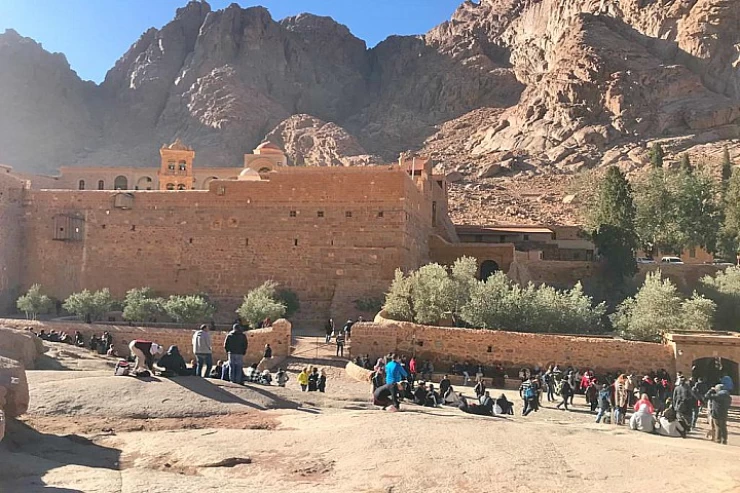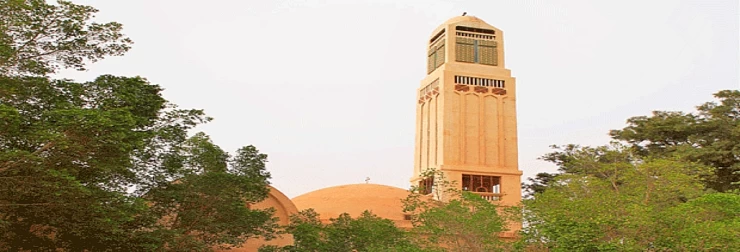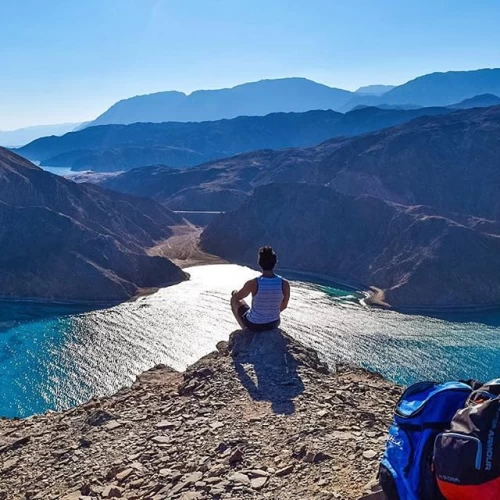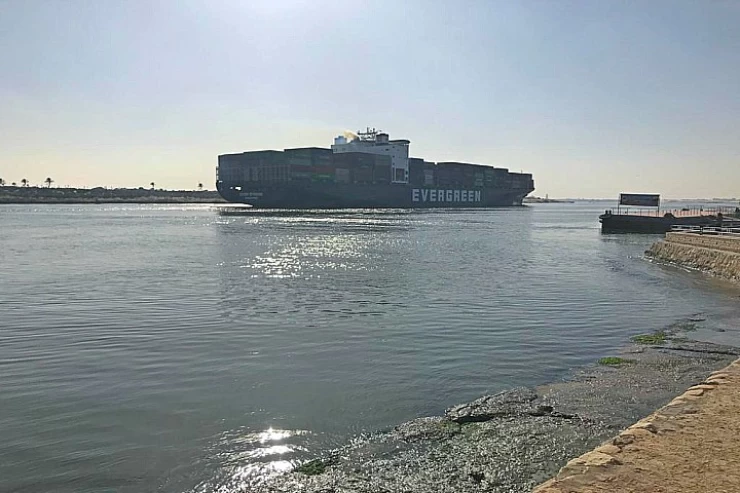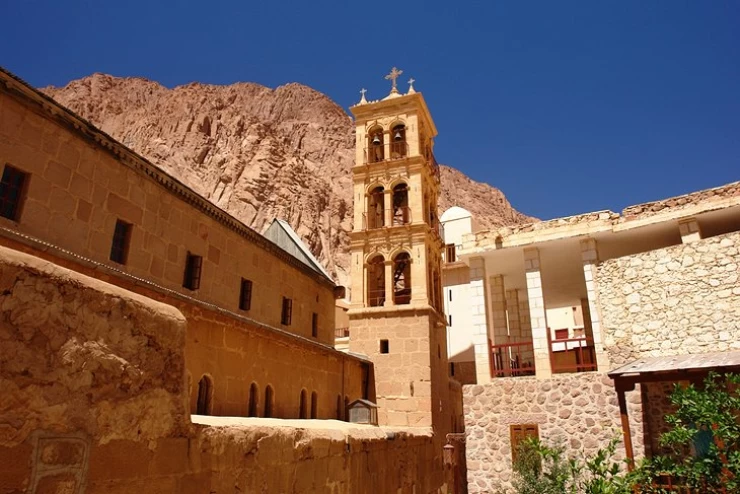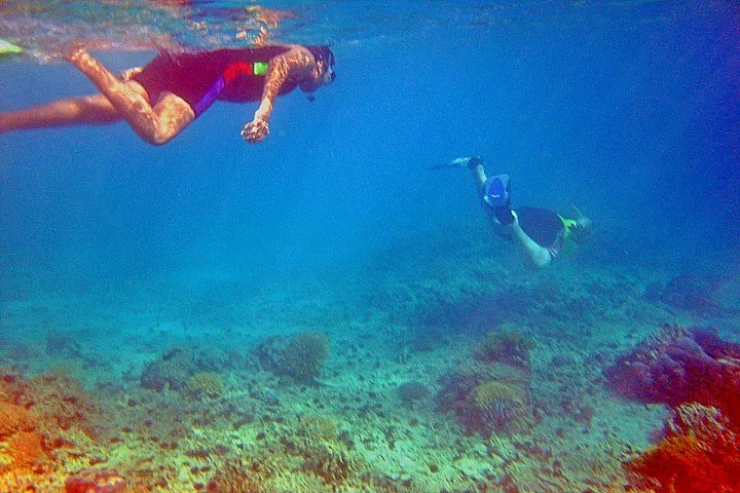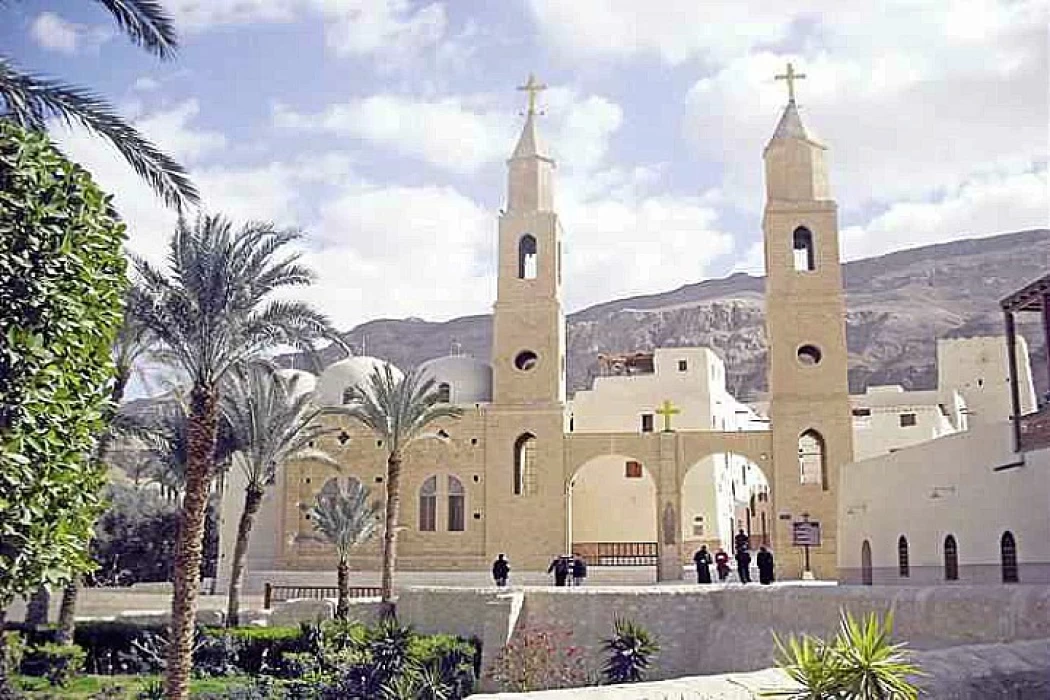
Monasteries of the Red Sea | Red Sea Monasteries
St. Anthony's Monastery in Ras Gharib and St. Paul's Monastery in Zaafarana are among the most important monasteries in Egypt, and they are among the oldest monasteries dating back to the Byzantine era.
The Monastery of St. Anthony is the oldest Coptic monastery in Egypt, which marks the beginning of the monastic tradition in the country. According to legend, Saint Anthony (IV century), orphaned at the age of 18, retired into seclusion in the mountains to serve God. Forbidding their followers to approach his cave, they set up camp at the foot of the hill, thus forming the core of the current monastery of St. Anthony, built shortly after his death on the same place where he was buried.
It is the largest monastery complex in Egypt, with numerous churches and chapels, as well as a large wing for housing, which, however, is now home to about 80 monks. For the first time in more than a century, the monastery is expanding, welcoming Coptic Christians who have dedicated their lives to a spiritual purpose.
The Monastery of St. Anthony has largely retained its original vision, despite the attacks of the Bedouins in the 8th century. The most classic structure of the complex is the Church of St. Anthony, built on the grave of the saint. Fascinating frescoes of the XIII century have been preserved on the inner walls of the church, all of them were delicately restored in the 90s of the last century.
Another equally significant monastery by the Red Sea is the Monastery of St. Paul, smaller and more remote from the road than the Monastery of St. Anthony, which can be reached by a steep and winding road.
It is currently surrounded by high walls, but was built from the inside, around a cave in which the hermit Paul lived for almost 90 years during the fourth and fifth centuries. Originally from Alexandria, Saint Paul - not to be confused with the apostle Saint Paul - was a member of a wealthy family. At the age of just 16, he retired to the desert, tired of persecution in the Roman era, to become the 1st hermit.
Behind the church, of course, an impressive five-storey tower is interesting, supplied with water through a hidden channel, which served to protect the monks from Bedouin raids. The best way to get to St. Paul's Monastery is to book a day trip to the monasteries of the Red Sea from our variety of Cairo day tours.
Today, both monasteries are connected by a steep road, and even if the distance between the two caves is less than 40 km along the terrain, the path on the ground is quite much more than 80 km. According to legend, when Saint Paul died, it was Saint Anthony who had to travel a long way to the mountains to bury his body.
Latest Articles
Admin
Seabourn Sojourn Cruise Stops in Safaga Port
The Seabourn Sojourn, the flagship vessel of Seabourn Cruise Line's ultra-luxury fleet, was built in 2008 at the T. Mariotti shipyard in Genoa, Italy. Measuring 198 metres, it can accommodate up to 450 guests in its 225 spacious all-suite staterooms.
Admin
Norwegian Sky Cruise Stops in Safaga Port
Norwegian Cruise Line operates a cruise ship called the Norwegian Sky. It was constructed in 1999 and can accommodate 2,004 passengers in addition to 878 crew members. The ship has several dining establishments, lounges and bars, a spa and fitness center, swimming pools, and a number of entertainment areas.
Admin
Explora II Cruise Stops in Safaga Port
Explora II, the second vessel in the Explora Journeys fleet, sets sail in 2024 to redefine luxury cruising. With 461 ocean-front suites, 9 culinary experiences, and 4 pools, this haven of sophistication and sustainability promises an unforgettable "Ocean State of Mind" journey to inspiring destinations.
Admin
Mein Schiff 6 Cruise Stops in Safaga Port
The Mein Schiff 6 is the latest cruise ship in the renowned TUI Cruises fleet, offering passengers a luxurious and sophisticated cruise experience. At 315 metres long, this floating resort features a range of dining options, entertainment, and recreational facilities, including a spa, fitness centre, and sports amenities.
Admin
Mein Schiff 4 Cruise Stops in Safaga Port
When the Mein Schiff 4 cruise ship docks in Safaga, Egypt, passengers are granted access to a realm of ancient wonders. Aboard this state-of-the-art vessel, guests can embark on meticulously curated shore excursions that showcase the region's most iconic landmarks, including the Giza Pyramids, the enigmatic Sphinx, and the remarkable tombs and temples of the Valley of the Kings in Luxor.
Admin
MS Europa Cruise Stops in Safaga Port
The Silver Moon, Silversea's latest flagship, is a luxury cruise ship that offers an exceptional travel experience for Venezuelans exploring Egypt. With a capacity of 596 guests and an impressive 40,700 gross tonnes, the Silver Moon maintains the small-ship intimacy and spacious all-suite accommodations that are the hallmarks of the Silversea brand.






